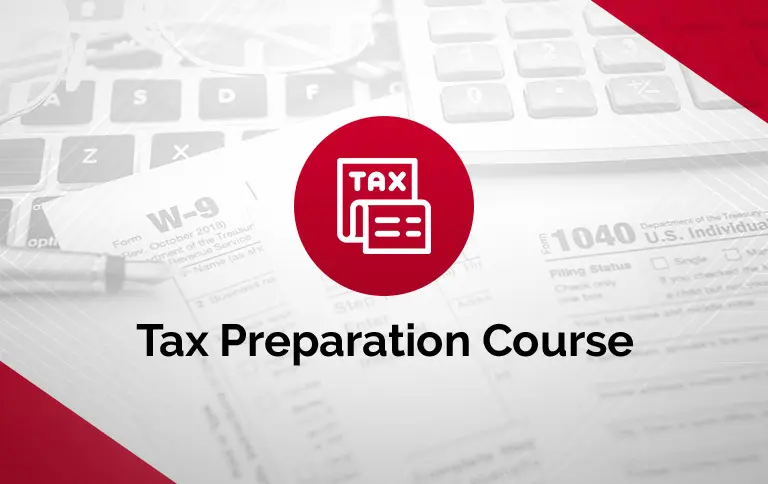Tax-Advantaged Accounts
Tax-advantaged accounts offer significant financial benefits by allowing individuals to save for specific goals while minimizing their tax burden. These accounts leverage the tax code to incentivize saving and investing, ultimately helping individuals achieve their financial aspirations.

Key Types of Tax-Advantaged Accounts:
•Retirement Accounts
•Education Savings Accounts
•Health Savings Accounts (HSAs): Available to individuals enrolled in a high-deductible health plan (HDHP).
Benefits of Tax-Advantaged Accounts:
•Reduced Tax Liability: By utilizing tax deductions, tax-deferred growth, or tax-free withdrawals, tax-advantaged accounts can significantly lower your overall tax burden.
•Increased Savings: The power of tax-free or tax-deferred growth can dramatically increase the value of your savings over time. This allows your investments to compound more effectively.
•Financial Security: Tax-advantaged accounts provide a strong foundation for long-term financial security by helping you achieve your retirement, education, and healthcare goals.
•Flexibility: Many tax-advantaged accounts offer flexibility in investment options, allowing you to tailor your investment strategy to your risk tolerance and time horizon.
Key Considerations:
•Eligibility Requirements: Each account type has specific eligibility requirements, such as income limits and employment status.
•Contribution Limits: There are annual contribution limits for most tax-advantaged accounts.
•Withdrawal Rules: Early withdrawals from retirement accounts may be subject to penalties (10% early withdrawal penalty plus income tax).
•Investment Options: The investment options available within each account type can vary significantly.
•Tax Implications: Understanding the tax implications of each account type is crucial. Consult with a qualified tax professional to determine the best options for your individual circumstances.
Choosing the Right Account:
Selecting the most appropriate tax-advantaged accounts requires careful consideration of several factors:
•Your age and income
•Your retirement goals
•Your anticipated tax bracket in retirement
•Your risk tolerance
•Your employer's retirement plan offerings
•Your financial goals beyond retirement (e.g., education savings, healthcare expenses)




